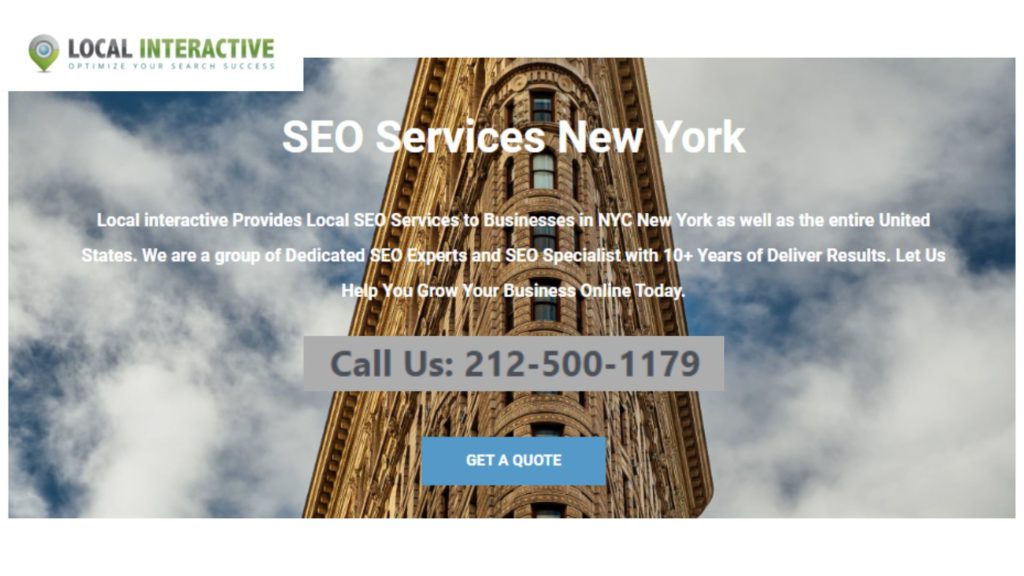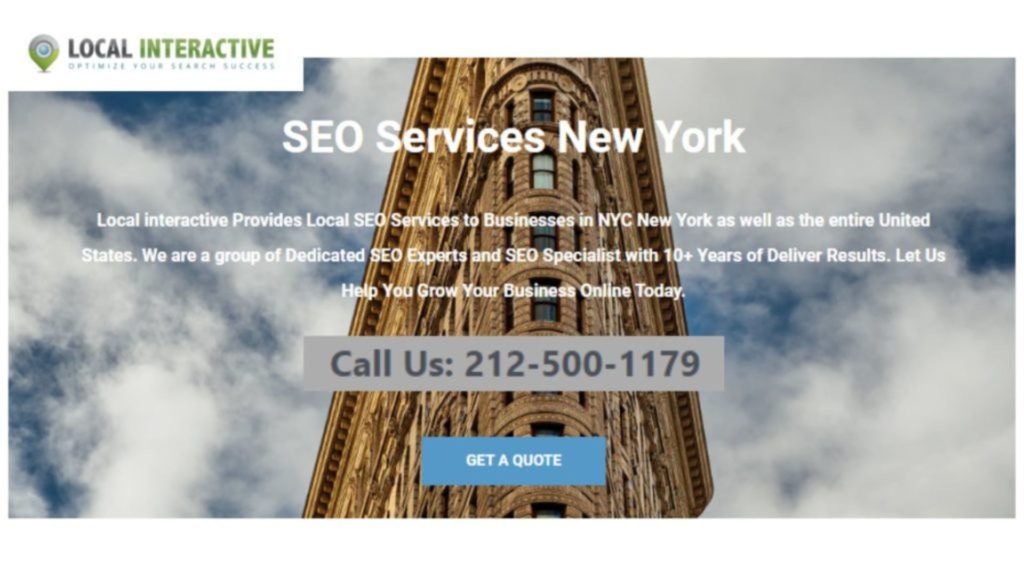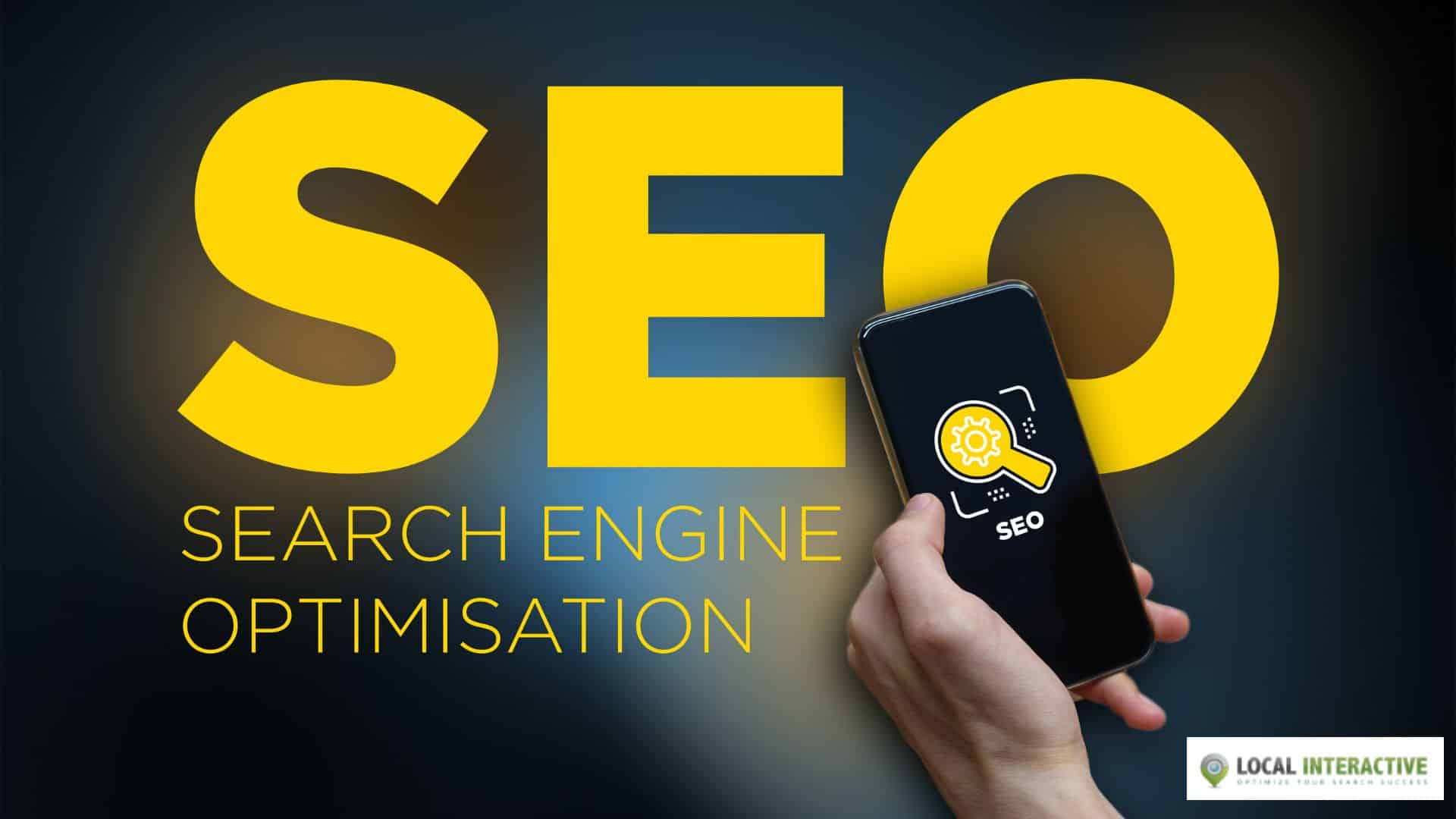The idea of starting a business online has gained popularity in the past decade, with 91% more people than before choosing to do so. The increase is primarily due to how easy it now is for individuals and businesses alike, as there are plenty of resources available at their fingertips today. Such as apps and websites that can help them get started on creating an e-commerce site store or website with much difficulty. Online stores also have larger audiences since anyone from all over the world could potentially be looking through your products because they’re accessible anywhere you go, which cuts out unnecessary travel time needed when going into brick and mortar shops, making customers’ lives easier.
Starting an online business can be difficult, but you can take steps that will guarantee your success. Some of these include: knowing who your target market is and what problems they need to be solved; understanding the competition; narrowing down which products or services you’re going to offer and how you’ll differentiate yourself from others (don’t forget about branding!); determining where and how people will find out about your new company.
Planning a business structure or business plan is an exciting endeavor but, at the same time, complicated and time-consuming. But the good news is there are many steps to starting small businesses online, and starting one online can be even more challenging than starting one offline. This blog post will go over 7 of the most critical steps you need to take to start your own successful business online company!
- Steps to Starting a Small Business Online
- Start a Business That Fills a Need
- Write Copy That Sells
- Design and Build Your Website
- Use Search Engines to Drive Targeted Buyers to Your Site
- Establish an Expert Reputation for Yourself
- Use the Power of Email Marketing to Turn Visitors into Buyers
- Increase Your Income Through Back-End Sales and Upselling

Steps to Starting a Small Business Online
Starting your own business online is tough. You have to make important decisions like what products or services you’re going to sell, who your target market is, and how you will get customers? It can be overwhelming knowing where to start. To top it off, there’s always a new trend every other week that everyone seems obsessed with (chatbots, cryptocurrencies, etc.). Luckily, a proven sequence of steps can guarantee your success when starting a small business online.
Start a Business That Fills a Need
A new research study shows that the best way to boost your chances of success is by finding a market first and then searching for a product. It’s all about looking at what people need, not just focusing on products they already have. The secret is identifying groups who are unhappy with their current choices, but no one has solved this problem yet! As the internet makes market research easy, you can do keyword research to find keywords that a lot of people are searching for.
Then visit online forums and check out your potential competitors by visiting their sites to note what they’re doing for demand. Finally, use what you’ve learned about filling these demands with better products than the current competition.
Conducting product research also helps identify a good starting point for your business idea. Use a product research tool to find products that are selling well, with room to grow in popularity, and offer high margins around the industry average (typically 30%). There are three main product options: Physical Goods, Digital Downloads, and Service offerings.
Physical Goods
One of the most common starting points for a business is selling physical goods. They have high margins, which means more money in your pocket, but they also require you to purchase inventory upfront at full price before being able to sell them or else risk losing some of your initial investment. Physical product research can be challenging because there are so many variables involved, such as sourcing from manufacturers and deciding on wholesale vs. retail pricing (and whether to do both).
Digital Downloads
Digital downloads like e-books and software programs offer lower margins than their physical counterparts but provide a more accessible starting point since you don’t need any extra equipment or storage space to get started. However, with digital products, you will still want to keep track of how much traffic comes through each product page so you can determine which products are the most popular.
Service Offerings
Service offerings like starting a consulting company or selling coaching sessions require very little upfront investment. Still, it’s also much harder to scale since each new customer requires more time and effort on your part. Services have lower margins than physical goods, but they could be worth it if you’re able to provide something that has high value for customers at an affordable price! Remember: It doesn’t matter what type of business model you ultimately decide upon as long as there is demand for your specific offering.

Write Copy That Sells
Think like a customer and ask, “What’s in it for me?” when writing your copy. Your product and services are uniquely able to solve people’s problems, so think about how this can be done! You need a solid marketing pitch that clearly explains the benefits of your product and why people should buy it.
What sets apart successful companies from unsuccessful ones is their ability to write persuasive copy, not just focusing on features but highlighting what’s in it for customers. One way you can do this is by starting with an “objection” (e.g., the price) and then turning around how your product solves them immediately!
Design and Build Your Website
A professional-looking website is essential to starting a business. There are many options when it comes to picking out your own domain name and hosting company, but the most important thing you want to make sure of with both these decisions is that they’re trustworthy. If not, your site could get shut down or hacked, which would be detrimental to starting an online business!
When building your website design, there are some very common components like header images (logos) and navigation bars at the top of each page so visitors can find their way around easily. Want to make your website stand out? Follow these helpful tips:
- Make sure navigation is clear and straightforward and consistent throughout all of the site’s pages.
- Use graphics only if they enhance the messages you’re trying to convey, and don’t overdo it.
- Include an opt-in offer so that people can sign up for emails from you, saving time in future marketing efforts.
- Try not more than three clicks between visitor’s potential first contact with your brand and checkout!
- Your online store should be designed just like any other storefront, easy enough for anyone who walks through its doors.
Use Search Engines to Drive Targeted Buyers to Your Site
Now that you have your website up, it’s time to drive traffic towards it! One of the best ways to get visitors is by starting a blog. When starting a business online, blogging about relevant topics will help bring in new leads and customers who are interested in buying products or services similar to yours. The key here is being consistent, so people know when they come back to revisit your site, there’ll be fresh content for them! Steps can include:
- Writing great headlines – using images with text on them (to increase engagement)
- Adding links within posts/headlines that point out related articles or pages on your site.
- Adding videos into blog posts is also an excellent way to engage readers because they contain more information than a written post.
Another way of getting traffic fast for your new site is through Pay-per-Click Advertising. It has two main advantages over waiting for organic, natural search results. First, you can start showing up on search pages immediately. Second, you can test different keywords and headlines, prices, and selling approaches all from PPC ads. You will receive immediate traffic and discover your best converting keywords so that they show up throughout your content, which could help with rankings in today’s SEO world!
Establish an Expert Reputation for Yourself
Creating a good reputation online is just as important starting as offline. It would help if you established yourself by becoming an expert in your chosen field, which can be done through writing blog posts, sharing content on social media, and joining groups/forums. You get the chance to connect with other professionals over shared interests or problems they may have.
Start out by focusing on one or two platforms (e.g., LinkedIn) that will help you share professional-level information while connecting with like-minded people who are interested in what you’re doing. Provide that information for free, and you’ll see more traffic and better search engine rankings by including a link back to your site with each piece of valuable content (i.e., articles, videos, etc.). Establish an expert reputation online by creating helpful content in exchange for increased web traffic, also known as “link building.”
Use the Power of Email Marketing to Turn Visitors Into Buyers
Create an email list so you can market directly to your target audience. There are several services out there that allow you to create a free account and start building an email list right away! When starting online, it’s essential to have your finger on the pulse of what people want in order to provide them with high-quality products/services while continuing marketing efforts towards new leads arriving at your website.
Email marketing costs less than print advertising in a product rather than going through viewers who may not be at all interested based on demographics alone (age, location).
Increase Your Income Through Back-End Sales and Upselling
By increasing your income through back-end sales and upselling, you’ll be able to develop every customer’s lifetime value. At least 36% of people who have purchased from you once will surely buy from you again if you’d follow up with them. Closing the first sale is the most difficult and the most expensive. Once you get them to buy, it’s much easier and cheaper to sell again. The key is starting with a great unique value proposition (UVP) which tells people why they should purchase from your company instead of your competitor.
Your UVP must be focused on the benefits while addressing any fears or concerns that customers may have. Taking this step will increase conversions through landing pages since potential buyers already know what you’re offering and how it can help solve their problems or needs!
An excellent way to keep track of sales and new leads arriving at your site is by using an email marketing service such as MailChimp, where users can create free accounts and start sending out emails immediately! Once someone subscribes, they can receive your high-quality content, starting with their confirmation email.

Bonus:
Make a Social Media Presence That Gets Noticed
It’s essential to be visible online so that people can find you! It would be best if you had an effective social media presence for this process. Focus on building your email list and starting conversations with potential customers through content marketing, which is creating free valuable content like blog posts or videos that teach something useful. The more targeted traffic you get, the better because it means there are already interested buyers who could turn into paying customers soon enough.
Social media platforms provide tools for businesses of any size. Facebook has dynamic ads where you can create highly specific audiences based on interests, demographics, etc. Twitter offers Promoted Tweets & Accounts, LinkedIn has ad targeting options as well too! There are also many social media tools that allow you to schedule posts, create ads, and analyze your success, starting at just $19/month.
Final Thought
Nowadays, to rank high in the search engine result pages (SERPs) on Google, you need your content and website to be more engaging. The days of keyword stuffing and backlinking from micro-sites are gone because it doesn’t work anymore. To get results with SEO marketing strategy, conduct a technical audit by checking all aspects of an online platform’s health like code optimization for better rankings through keywords & relevant links, etc.
Make an effort to understand your SEO competitors. Once you’ve found a starting idea, it’s crucial to know how you will stand out from potential competitors based on current data or what you can uncover about them by visiting their sites. There are thousands of online stores today so always be aware of what other competitors have been doing right and wrong before trying something new!
Today is easier than ever thanks to tools like SimilarWeb, which provide insights into traffic sources, most popular content pages, SEO rankings, and more. You can also use SEMRush software if you’re looking for paid tools starting at $69/month. Check out Local-Interactive to learn more about SEO and get professional advice on how to grow your new business!





